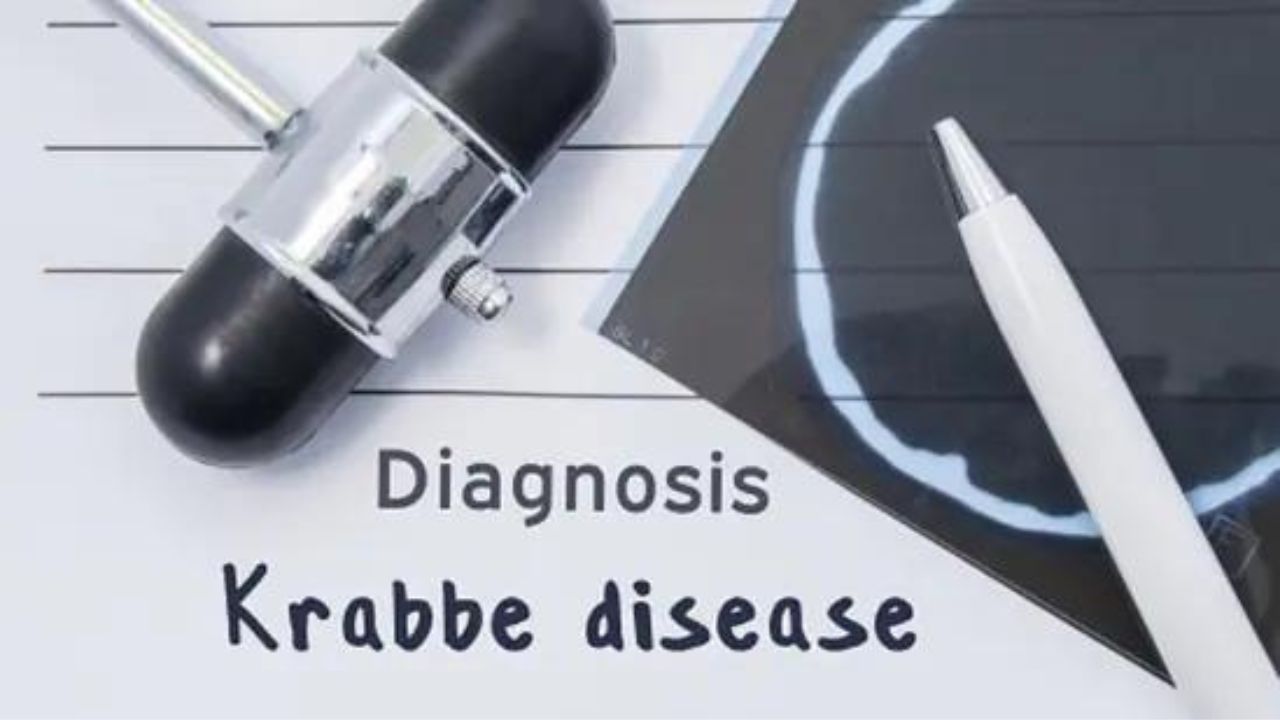CHANDIGARH
Krabbe disease, also known as globoid cell leukodystrophy or galactosylceramide lipidosis, is a rare and chronic lysosomal storage disease that pays harm to the neurological system. The name of this disease was given after the Danish neurologist Knud Krabbe.
This disease is usually inherited from a parent and includes abnormal sphingolipid metabolism. The protective covering (myelin sheath) of neurous in the brain and throughout the nervous system is destroyed by this hereditary illness. Mostly at the age of 6 months this disease develops and shows its signs.
Galactocerebrosidase is an enzyme that is produced in minimal amounts or not at all in people with Krabbe disease caused by two mutant copies of a certain gene (GALC). There is an increase in galactolipids as a result.
Galactolipids have a toxic action that causes myelin-forming cells to self-destruct when there is an oversupply of them. It has an autosomal recessive mode of inheritance. Despite having one copy of the defective gene in each parent, they often do not exhibit the disease’s symptoms. The chromosome 14 region contains the gene. Patients with Krabbe disease may have pychosine levels that are 100 times greater than healthy individuals.
Types and symptoms:
There are two types of Krabbe disease:
- Infantile-onset Krabbe disease
- late-onset Krabbe disease
Experts mentioned signs of both the types of Krabbe diseases:
- Krabbe disease with infantile onset is characterized by limb stiffness, seizures, feeding issues, vomiting, staring episodes, slowed mental and motor growth, muscular weakness, spasticity, deafness, optic atrophy, enlargement of the optic nerve, blindness, paralysis, and swallowing difficulties. Long-term weight reduction is also possible.
- Late-onset Krabbe disease: This form of the disease progresses more slowly. Esotropia, slurred speech, and the loss or sluggish development of motor milestones are symptoms.
Treatment
Till now, there is no such treatment available to cure this disease. Some experts recommend that at the early stage it can be recovered through gene therapy, bone marrow transplants, and stem cell transplants. Also, physical therapy can bring improvement in circulation and muscle tone.

 English
English






